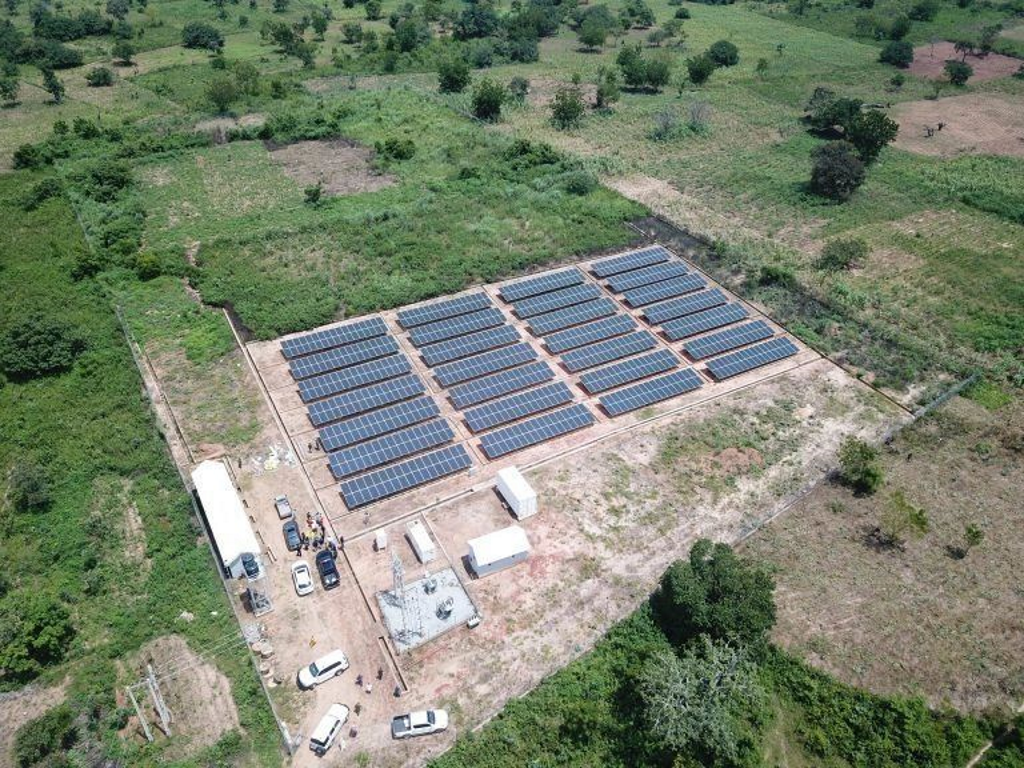This is worrying news for rural electrification professionals in Africa and around the world. The off-grid solar energy sector attracted very little investment worldwide in 2023. In fact, 425 million dollars were invested last year, a drop of 43% compared to 2022. This information is contained in the results of the World Off-Grid Lighting Association’s (GOGLA) 2023 Investment Database.
Published on 26 April, the report also reveals that “the most significant decline occurred in the scale-up segment, raising concerns that macroeconomic conditions will push the sector even further away from its contribution to universal energy access by 2030”. This situation is particularly acute in Africa, where 600 million people still do not have access to electricity.
A funding requirement of $3 billion a year
The financing of 425 million dollars has been absorbed by 85 companies. Of this funding, “$281 million was provided in the form of debt, $128 million in the form of equity and $15.5 million in the form of subsidies”, says GOGLA. “The 2023 investment data shows that without more risk mitigation instruments and concessional financing, off-grid solar will not reach the scale needed to meet global development goals,” analyses Laura Fortes, head of access to finance at GOGLA.
Read also- Solar energy: driven by South Africa, the continent will have deployed 3.7 GW by 2023
Currently, the world needs 3 billion dollars of investment per year between now and 2030 to achieve Sustainable Development Goal 7 (SDG7) on universal access to clean energy. Yet off-grid solar energy is seen as an ideal solution for reducing the rural electrification gap in sub-Saharan Africa.
The impact of off-grid solar energy on electrification
Among the off-grid solutions available in Africa is the solar home system. This small household-scale electricity grid consists of one or more solar panels, inverters and batteries to store the electricity. The clean electricity stored in this way is redistributed on demand to the domestic grid at night or in bad weather.
There are also mini-grids, which can also be used to electrify rural areas. These are small photovoltaic solar power plants with electricity storage systems using batteries or hybrids with generators. These installations are equipped with small distribution networks capable of supplying a community or a village.
In the Democratic Republic of Congo (DRC), the company Nuru is already deploying mini-grids capable of covering entire towns, such as Goma in the province of North Kivu. Nigeria has opted for off-grid solar power to electrify its rural areas through a project implemented at federal level and financed to the tune of $550 million by the African Development Bank (AfDB) and the World Bank. Such financial commitments are necessary to meet the challenge of electrification in Africa.
Jean Marie Takouleu
